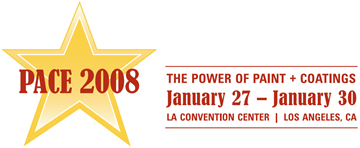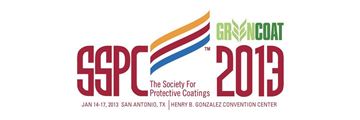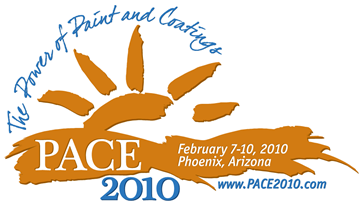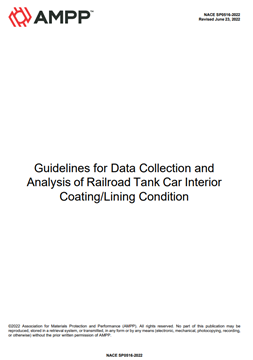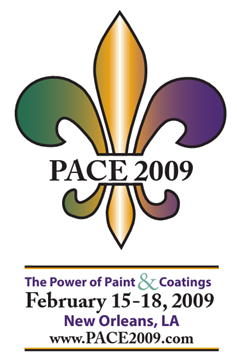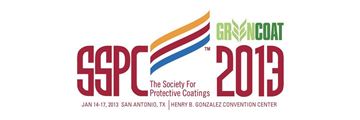Search
Products tagged with 'regulations'
View as
Sort by
Display
per page
Green Building 101 for the Painting & Coatings Industry
Product Number:
41208-437-SG
Publication Date:
2008
$20.00
Green Solvents - Formulating for a New Era
Product Number:
51217-064-SG
Publication Date:
2017
$20.00
How Design Features Unique to AP1000 Nuclear Power Plants Affect Coating System Design Requirements
Product Number:
41213-740-SG
Publication Date:
2013
$20.00
Identifying Potential Inhalation and Hearing Hazards In Abrasive Blasting Operations: A Supplement to “The Use of Personal Protective Equipment and Regulations & Standards Affecting Safe Abrasive Blasting
Product Number:
41212-673-SG
Publication Date:
2012
$20.00
Low VOC Vinyl and Vinyl/Acrylic Coatings Systems
Product Number:
41210-541-SG
Publication Date:
2010
$20.00
NACE Publication 31205-2006-SG, Selection, Application, and Evaluation of Biocides in the Oil and Gas Industry
Product Number:
24227-SG
ISBN:
NACE Pub 31205
$109.00
NACE SP0516-2022, Guidelines for Data Collection and Analysis of Railroad Tank Car Interior Coating/Lining Condition
Product Number:
NACE SP0516-2022
Publication Date:
2022
$109.00
Polyurethane Coatings: OSHA’s NEP Program and Review of the Safe Use and Handling of High Performance Coatings from the Isocyanate Supplier’s Perspective
Product Number:
41214-816-SG
Publication Date:
2014
$20.00
REACH and Its Grasp on the Protective Coatings Industry
Product Number:
41213-778-SG
Publication Date:
2013
$20.00

